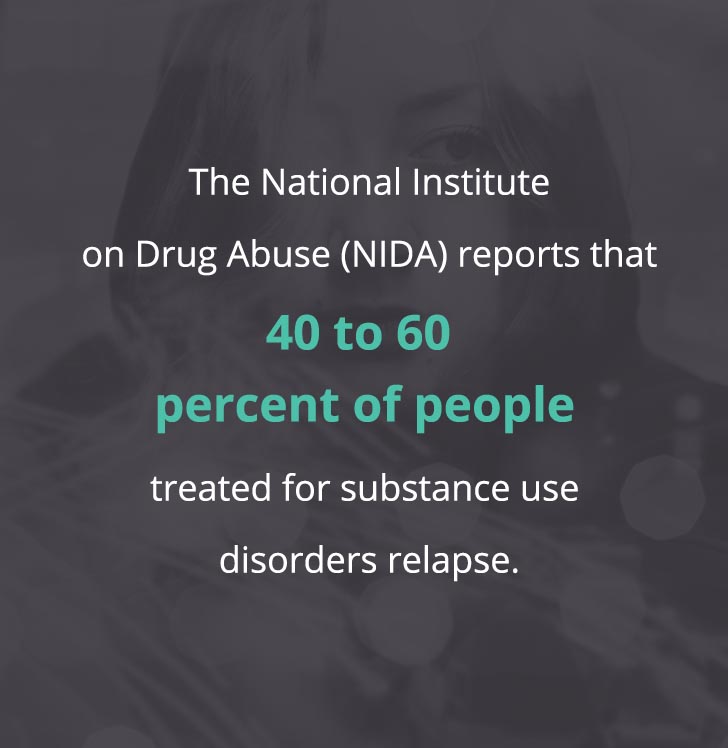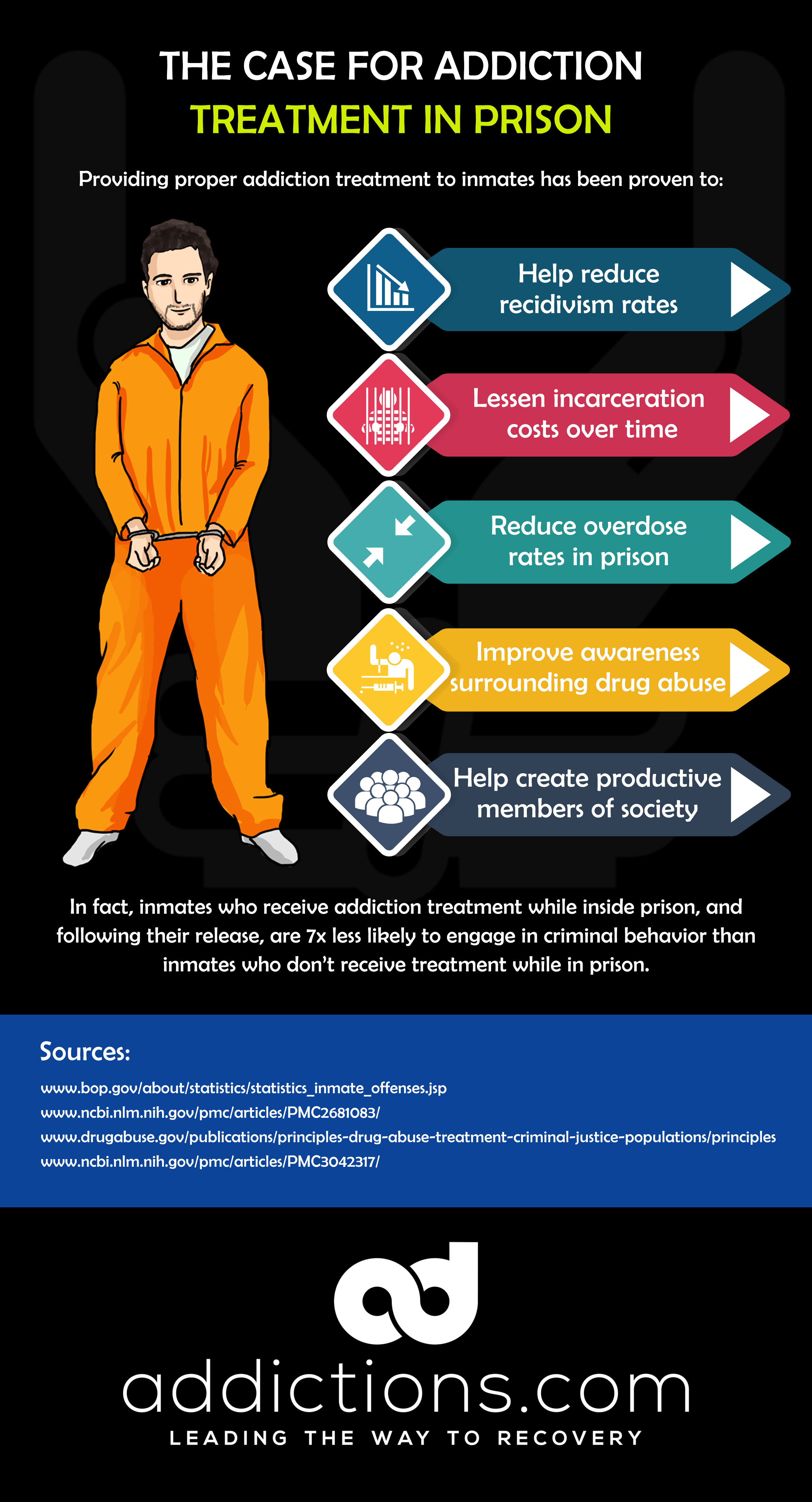So-called "illness of anguish" compound use disorders, suicides, and alcohol-related diseasesare progressively prevalent. Every day in the US, more than 130 people pass away after overdosing on opioids. Levels of stress and anxiety and anxiety are perceived to be increasing in countries like the US and UK; on the other hand, opioid-related deaths surpassed vehicle deaths in the United States as the leading cause of death in 2017. There's a growing awareness that supply is just part of the issue.
In a recent BBC survey of 55,000 people, 40% of adults between 16 Additional hints and 24 reported sensation lonely frequently or very typically. According to a Kaiser Household Foundation survey of abundant nations in 2018, 9% of adults in Japan, 22% in America, and 23% in Britain constantly or typically felt lonely, did not have companionship, or felt left out or separated.

" It's not the exact same as therapy, however it can be supportive in a manner that's as effective, if not more so." SeekHealing aims to take embarassment out of recovery with a technique that's distinct from 12-step programs concentrated on achieving and preserving sobriety. All participants in the program are referred to as applicants.
One-third are in long-term healing - how to choose an addiction treatment center. And one-third have no substance abuse issues, however are looking for connection of some kind. Every activity is totally free to those in the neighborhood, which is currently limited to just Asheville. SeekHealingJennifer Nicolaisen (center), creator of SeekHealing. Candidates set their own objectives. They do not need to aim to be sober, only to enhance their relationship with the substance which is triggering them harm.
Relapse is "returning to patterns one is trying to avoid." The pilot program was launched in March 2018. As of 2019, on a budget plan of $65,000, the group has 200 seekers in the database; over half have been "paired," implying they get together 2 to 3 times a month to talk and develop a shared relationship (various from therapy, or codependence, which can take place in healing).
That listening training, a core academic part of the program, intends to reverse the transactional way lots of people conversewith an intent to repair, resolve, be creative, or react quickly. Rather, the goal is to really listen without judgement. This creates the conditions which permit the kinds of interactions that flood the brain with natural opioids and make us feel great.
Our Why Is Methadone Used As A Treatment For Heroin Addiction? Diaries
" We are just being with each other." Aside from listening training, the calendar is loaded with methods of structure connection muscles, meeting people, doing things, and learning (why is it so hard to get addiction treatment in the us). There are Sunday meet-ups in West Asheville and connection practice conferences in which facilitators encourage vulnerability and substantive discussion. There are pick-up basketball video games, Reiki workshops, art therapy, and Friday night emotional socials (" no compounds; no small talk")." The whole project is a play ground of different ways to assist individuals feel connected in this deliberate, non-transactional way," states Nicolaisen.
Candidates report sensation significantly less depressed, and their sense of connection increased by 38%. Among 28 emergency care seekersthose who are at a high danger of overdosing21 actively engaged with the program (these individuals were freshly detoxed); and 18 of them have actually succeeded in meeting their intentions to prevent using substances.
For context, with heroin, relapse rates are 59% in the first week and 80% in the first month. The goal is not just to help individuals recover, but likewise neighborhoods. In the United States, which celebrates private accomplishment above everything, more individuals see isolation as an individual problem than their equivalents in the UK or Japan, according to a Kaiser Household Structure survey.
Her interest in brain systems is individual: at age seven, she was diagnosed with Tourette syndrome. She had an interest in what her brain might control and what it could not. What was the difference between a compulsive activity and an addictive one? What was "regular" and what was "ill"? Her work took her deep into the striatum, a part of the brain linked in involuntary movements and compulsive behaviors, however which is also main to the results of addiction and social disconnection.
These compounds, the most frequently known of which are endorphins, have a comparable chemical structure to morphine, heroin, or oxycodone. But they are produced in the brain instead of the laboratory. A lack of strong social connection interferes with the balance amongst the brain circuits that use these feel-good chemicals produced by close relationships.
" Likewise, loneliness develops a hunger in the brain which neurochemically hyper-sensitizes our reward system," she says." Isolation develops a hunger in the brain." Reacting to the discomfort of isolation, which is rampant in society, our brains prompt us to seek rewards anywhere we can discover it. "If we do not have the ability to link socially, we look for relief anywhere," she says.
The Only Guide for What Political Parties Oppose Treatment Of Opioid Addiction
Addiction is a condition that has biological origins, consisting of alleles that may make it tough to experience the subjective sensation of being linked. It also shaped by mental elements, cognitive patterns, and distortions that make anxiety and stress and anxiety worse, and by the relationships we have in social environments. Healing requires treatment throughout all 3 categories.
But the social aspects have been fairly overlooked. Wurzman states the medical neighborhood sees illness as being found in a person. She sees the symptoms in people, however the disease is also in between people, in the way we associate with each other and the kind of neighborhoods we live in.
It can be rewired by reprogramming it with the deep social connections it wished for in the very first place." We need to practice social connective habits rather of compulsive habits," she states. It is not sufficient to just teach healthier actions to hints from the social benefit system. We have to restore the social reward system with reciprocal relationships to replace the drugs which eliminate the craving." Our culture and communities either develop environments that are either complete of things that trigger addictions to grow, or complete of things that trigger relationships to grow," Wurzman says.
He started using drugs when he was 12 or 13. He has actually used heroin, meth, and coke; overdosed four times; and been to prison once. He moved to South Carolina four years ago to be near his father and wound up on life support. When a buddy in rehab advised SeekHealing, Rob was deeply hesitant.
However he had a conversation with Nicolaisen, who is profoundly warm and radiates a contagious vulnerability, and decided he would provide it a shot." When I can be found in, I had a lot of pity and guilt for being in active addiction for so long," he states. "I didn't understand who I was." He challenged his deep-rooted social anxiety by practicing conversations in safe areas with individuals he said really did not seem to be judging him.

" It causes you not to do things that cause you delight." Now Rob goes to the Sunday meet-ups and volunteers as much as he can to help others. SeekHealing is just part of his recovery. He has actually remained in and out of Narcotics Anonymous for years, and talks to his sponsor every day, noting, "I need to be held accountable".